The Skovgaard Museum is the only art museum in Denmark, which is dedicated to the artistic heritage of one family - the Skovgaard family. Works by four generations of the Skovgaard family and their contemporaries are displayed alongside related contemporary artworks.
A family of artists
Joakim Skovgaard's father, Peter Christian Skovgaard, known as P. C. Skovgaard (1817-1875), is one of the master landscape painters from what is called the Golden Age of Danish painting (1800-1850). He represents a generation of painters, who depicted a nationalist and romantic version of the Danish landscape. A selection of his works are on display in the upper floor of the museum.
P.C. Skovgaard was married to Georgia Schouw (1828-1868). Together they had three children, who would all become artists. Their sons Joakim (1856-1933) and Niels (1858-1938) produced landscape paintings like their father, but they were also at the forefront of the breakthrough to symbolism and a new interpretation of motifs from the Bible as well as Nordic mythology. Several of their artworks are on display on the lower floor of the Skovgaard Museum. Their younger sister Susette (1863-1937) was also a painter and ceramicist. Many of the descendents from the three Skovgaard siblings' would also pursue artistic careers.
Temporary exhibitions
The Skovgaard Museum shows temporary exhibitions throughout the year. The exhibitions range from nineteenth century to contemporary art and are related to the different aspects of the permanent collection. The exhibitions create different perspectives on the museum collection, but at the same time the collection also lends new perspectives to perceiving the temporary exhibitions.
The old town hall
Today the Skovgaard Museum is situated in Viborg's old town hall from 1728, built by the German architect Claus Stallknecht, who also rebuilt the cathedral after the great fire in 1726. The building is considered to be a landmark heritage building erected in baroque style, and its' different rooms have served various purposes over the years such as ball room, bank, court room, military hospital and many more. Where the rest room is situated today, prisoners were held captive while awaiting trial, the iron rings are still attached to the walls. The front door still has the original lock from 1728, and you may ask to see the large key used to lock it.
The museum garden
Behind the museum is a small garden with a fountain and flowers. You can enjoy your lunch at the tables under the trees or buy ice cream, coffee or cake in the café, which is open during the summer holiday.

